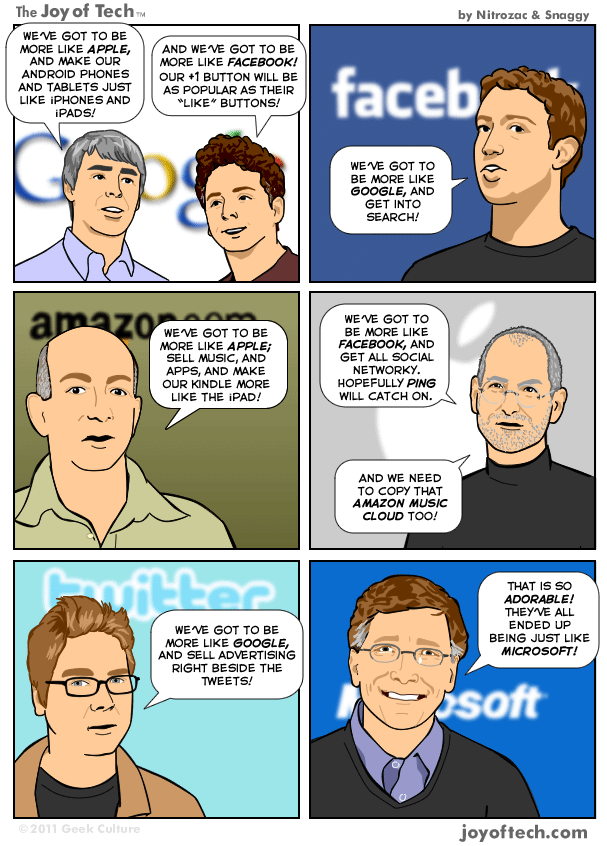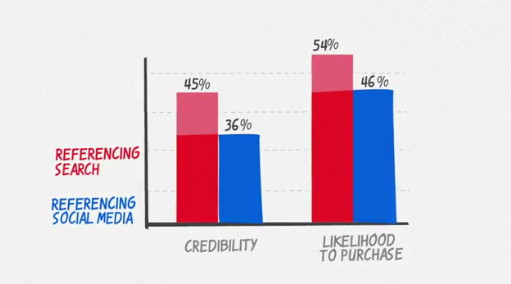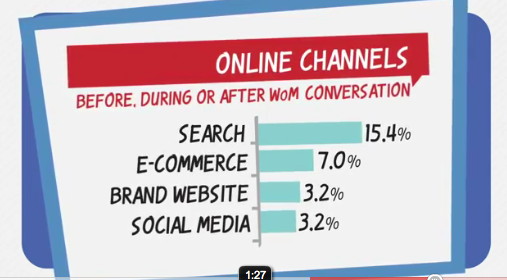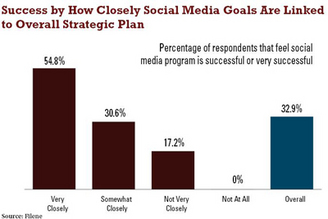Study: Will the traditional office be extinct by 2021? Yes, say 58% of UK workers…
A recent study by Virgin Business Media now shows some similar insights. It states that 58% of U.K. workers think offices of today will not exist in ten years’ time. The study was commissioned to celebrate the tenth anniversary of the British sitcom The Office (basis for the U.S. show).
The findings are based on a research that surveyed 1,000 U.K. workers that gave feedback on how their working lives have changed over the last ten years, and how they expect them to change over the next ten years. It has to be said that it was predominantly based on the impacts of technology…
Working remotely will be the new trend. Commuting and traditional offices will be out soon. At least that is what UK workers predict: 56% of respondents are not seeing themselves commuting in 2021 like they do today. An impressive 83% respond that technology enables them to become more productive in the last ten years. Productivity in the future means (62% say so) they would use just one device to handle both their personal and work life in ten years’ time.
The question will be if people will want to work from home, or prefer to continue commuting. Having someone to talk to, not being forgotten and having a need to show somebody that you are really “at work” might be reasons against the future outlook with no traditional offices space.
Spot On!
In May a report from Regus and Unwired called VWork: Measuring the benefits of agility at work makes clear that only 12,3% of respondents want to work from home. It will be interesting to see whether companies offices will extinct, or if companies will give their employees money to find coworking space (like the car allowance concept), or if they host coworking space (in order to recruit new people…). The virtual office will be the future for many people. I just can see lawyers, controllers or HR people who might need their traditional offices. The rest will be able to work remotely… It is more flexible, more agile for marketing, sales and business development, and people are motivated to have more meetings.
Would you agree? Do you see this development as dangerous? What is your view on the extinction of office space?


 As Facebook and Twitter are becoming stronger and stronger, the search giant Google had to do something about it. Especially, after
As Facebook and Twitter are becoming stronger and stronger, the search giant Google had to do something about it. Especially, after 








 Marketers see many studies like one of the Morgan Stanley reports which state that there are more social network users than email users. And especially in the B2B sphere the research makes clear that 80% of business buyers today say that they find their vendors as opposed to vendors finding them.
Marketers see many studies like one of the Morgan Stanley reports which state that there are more social network users than email users. And especially in the B2B sphere the research makes clear that 80% of business buyers today say that they find their vendors as opposed to vendors finding them.  According to the study, companies using Social Media with more than two years of experience are the most likely to report success (57%), while those that have three months or less are least likely (17%).
According to the study, companies using Social Media with more than two years of experience are the most likely to report success (57%), while those that have three months or less are least likely (17%). Almost two years ago, I have written about the development on Twitter that positive comments are not rated in a way they should (in my eyes). Those days I asked the question if the
Almost two years ago, I have written about the development on Twitter that positive comments are not rated in a way they should (in my eyes). Those days I asked the question if the 

 BrightEdge recently uncovered with a
BrightEdge recently uncovered with a